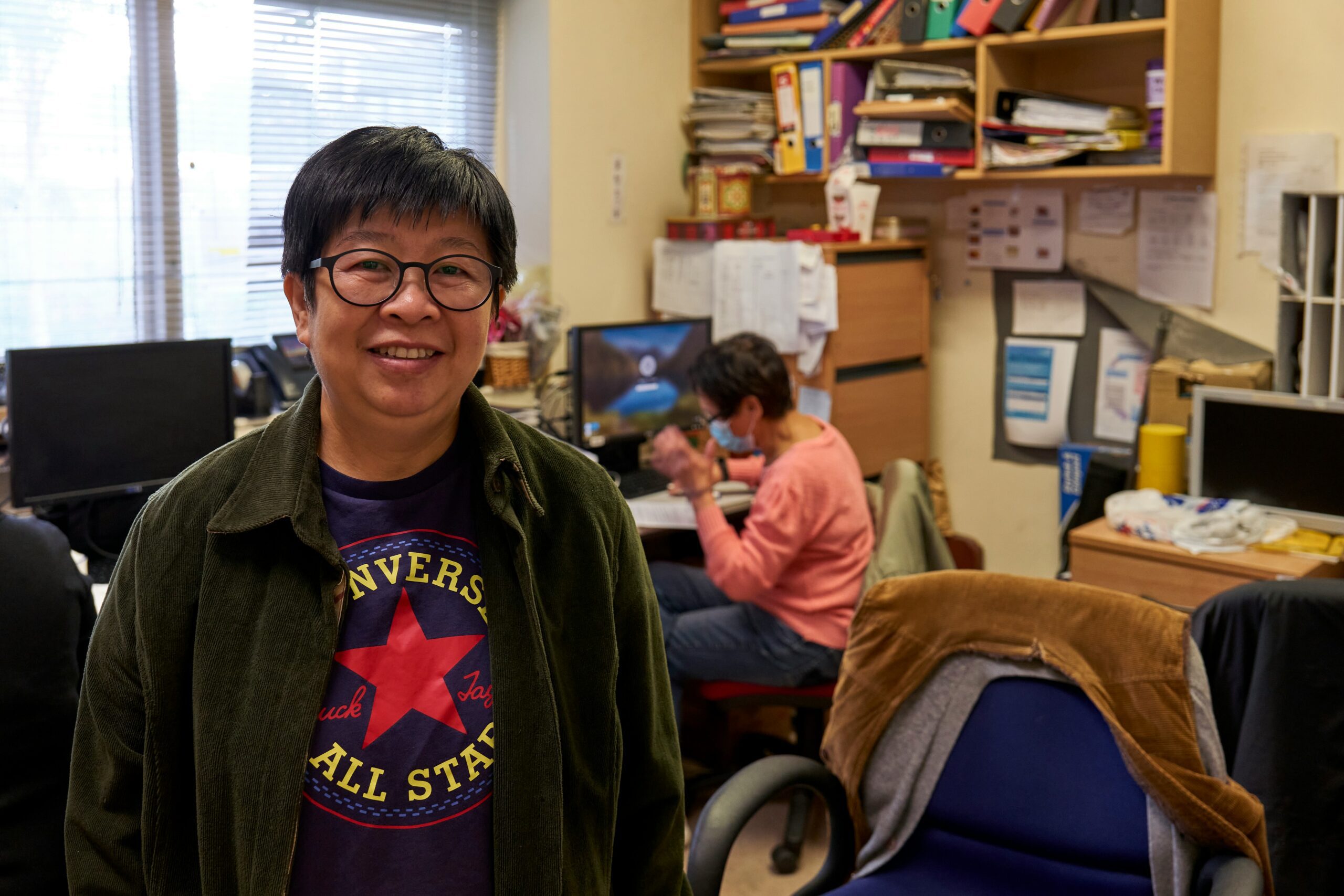

Introduction: The changing landscape of education
The landscape of education is shifting beneath our feet, and it’s a captivating journey to witness. Gone are the days when classrooms were defined by rows of wooden desks and chalkdust-covered blackboards. Today, technology reigns supreme, introducing dynamic tools that reshape how students learn and teachers instruct. From virtual reality experiences to artificial intelligence tutors, the methods we once knew are evolving rapidly.
This transformation opens doors to innovative ways to engage learners while challenging traditional norms. As we explore this evolution from chalkboards to chatbots, we’ll uncover how these changes impact student engagement and outcomes. Join us as we navigate this fascinating transition in educational practices!
Traditional methods of teaching and learning
Traditional methods of teaching have shaped education for centuries. Chalkboards, textbooks, and lectures were the cornerstone of learning environments. Teachers stood at the front, imparting knowledge while students absorbed information in silence.
This approach emphasized memorization and recitation. It created a structured experience where students often fell into passive roles. Rote learning was common; facts were regurgitated without much critical thinking involved.
Group projects or discussions were infrequent. Individual performance often took precedence over collaboration. The focus was on grades rather than understanding.
While effective in some contexts, these methods sometimes stifled creativity and curiosity. Students had limited opportunities to explore subjects deeply or ask questions beyond the syllabus. Engagement levels varied widely among learners, highlighting that one-size-fits-all strategies didn’t cater to diverse needs.
As society evolved, so did expectations around educational practices—setting the stage for change ahead.
Advantages and disadvantages of technology in the classroom
Technology has transformed classrooms, bringing both benefits and challenges. On one hand, it enhances accessibility to resources. Students can explore a wealth of information through online platforms and interactive tools.
Engagement levels often soar when technology is integrated into lessons. Gamified learning experiences captivate students’ attention like never before.
However, reliance on tech can lead to distractions. Social media notifications and games may divert focus from important tasks.
Moreover, not every student has equal access to devices or reliable internet. This digital divide creates disparities in learning opportunities.
Teachers also face hurdles in mastering new technologies while managing diverse learning styles within their classrooms. Professional development is crucial but sometimes lacking.
Balancing the pros and cons requires careful consideration as educators adapt to this evolving landscape of teaching methods.
The impact of technology on student engagement and outcomes
Technology has reshaped how students engage with learning. Interactive tools like smartboards and educational apps captivate attention in ways traditional methods often can’t.
Students now participate actively through gamified lessons and online discussions. This shift encourages collaboration, making learning a shared experience rather than a solo endeavor.
Data shows that tech-enhanced education leads to improved outcomes. When learners can access information instantly, their curiosity ignites. They explore topics more deeply and independently.
However, the effectiveness of technology relies on thoughtful implementation. Not all digital resources cater to diverse learning styles or abilities, which can alienate some students.
The challenge lies in balancing tech use with essential interpersonal skills development. Educators must ensure that while screens offer engagement, they don’t replace meaningful interactions among peers and teachers.
Challenges and solutions for incorporating technology into education
Incorporating technology into education comes with its hurdles. One major challenge is the digital divide. Not every student has equal access to devices or high-speed internet, creating disparities in learning opportunities.
Another issue is teacher training. Many educators feel underprepared to integrate new tools effectively. Without proper professional development, they may struggle to maximize technology’s potential.
Resistance to change can also stifle innovation. Some educators and institutions cling to traditional methods, fearing that tech will complicate their teaching approach.
To tackle these challenges, schools can invest in infrastructure and provide resources for all students. Offering ongoing training sessions fosters confidence among teachers as they adapt their methods.
Additionally, promoting a culture of experimentation encourages educators to explore new technologies without fear of failure. This mindset shift can lead to more engaging and effective learning environments for everyone involved.
Looking towards the future: Predictions for the evolution of educational methods
The future of education is poised for remarkable transformation. With the rise of artificial intelligence, personalized learning will become commonplace. Students could receive tailored lessons based on their unique strengths and weaknesses.
Virtual reality may redefine classroom experiences. Imagine stepping into a historical event or exploring outer space without leaving your desk.
Collaboration tools will also evolve, fostering teamwork beyond physical boundaries. Classmates from different continents might work together seamlessly, sharing perspectives and ideas like never before.
Moreover, lifelong learning will gain prominence as career paths increasingly require adaptability. Educational institutions might offer more flexible programs to accommodate this shift.
As technology continues to advance rapidly, educators must rethink traditional roles too. Teachers may transition from knowledge providers to facilitators of critical thinking and problem-solving skills in an ever-changing world.
Conclusion
The journey of education has been remarkable. From chalkboards in dusty classrooms to chatbots providing personalized learning experiences, the transformation is profound.
Technology has reshaped how students learn and teachers instruct. It offers new tools that make lessons more interactive and engaging. Yet, it’s crucial to balance traditional methods with modern innovations.
As we look ahead, it’s clear that educational methods will continue evolving. We can expect further integration of artificial intelligence, virtual reality, and other advanced technologies into curricula worldwide.
The future holds promise for a more inclusive and effective educational landscape where every learner thrives in their unique way.
